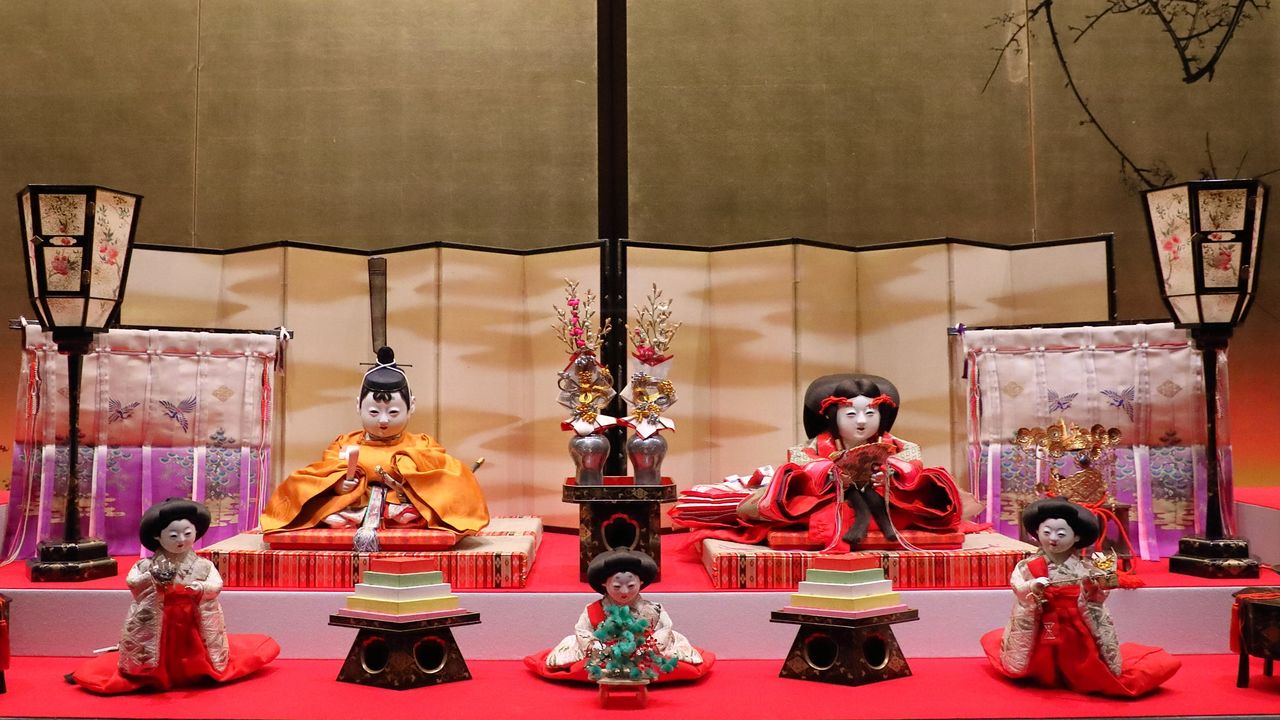
Celebrating Girls Day: “Hina” Dolls Among Treasures of Mitsubishi Zaibatsu Head Iwasaki Koyata on Exhibit in Tokyo
Guideto Japan
Art Culture History- English
- 日本語
- 简体字
- 繁體字
- Français
- Español
- العربية
- Русский
Exquisite Craftsmanship
Japan celebrates Girls Day, also known as the doll festival or Hinamatsuri, on March 3. In honor of the event, Seikadō Bunko Art Museum is holding an exhibit titled “Ohina-Sama—Welcome to the Residence of Iwasaki Koyata” that features hina dolls and other items owned by former head of the Mitsubishi Zaibatsu, Iwasaki Koyata. The ornate figures were produced over a period of three years during the early Shōwa era (1926–1989) at the famous Maruhei Ōki doll shop. The order was placed by Koyata, the fourth-generation president of the powerful zaibatsu and nephew of Meiji-era political entrepreneur Iwasaki Yatarō. The listed price at the time was ¥20,000, which in today’s value would be equivalent to ¥100 million.
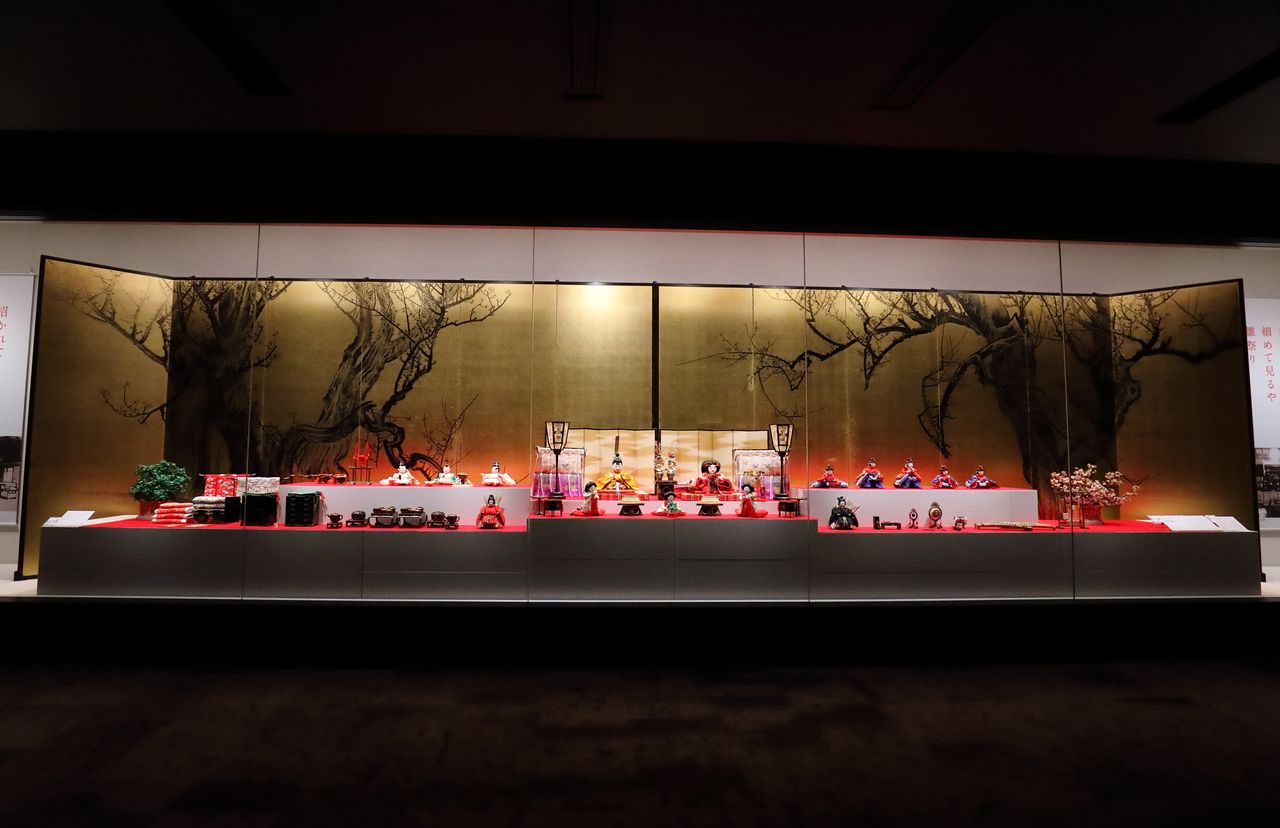
Hina Dolls by Ōki Heizō V from the Iwasaki family collection. In the background is a gold byōbu folding screen by Kawabata Gyokushō titled Bokubaizu Byōbu (ink plum blossoms). The items, belonging to Seikadō Bunko Art Museum, are on display for the first time.
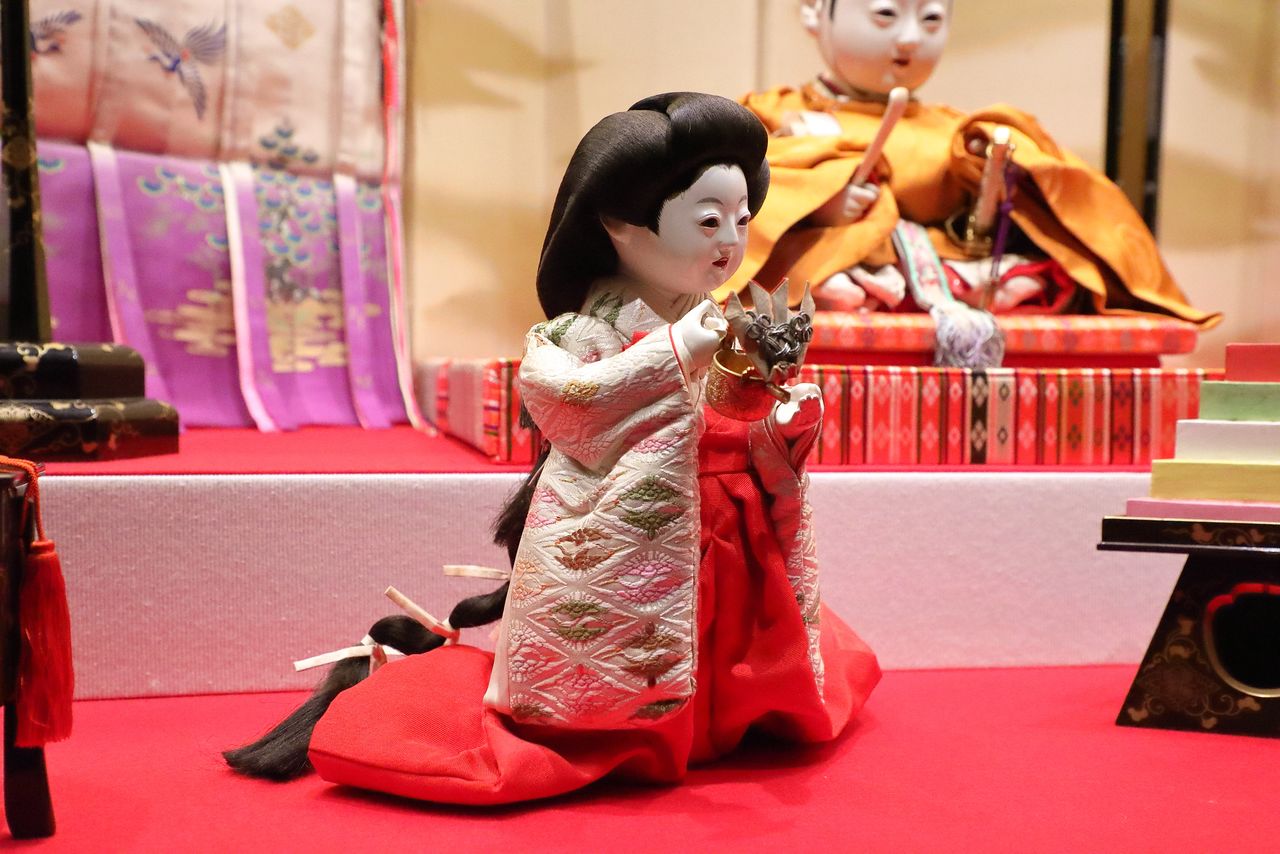
A court girl bearing a kuwaenochōshi decanter and garbed in an exquisitely embroidered kosode kimono.
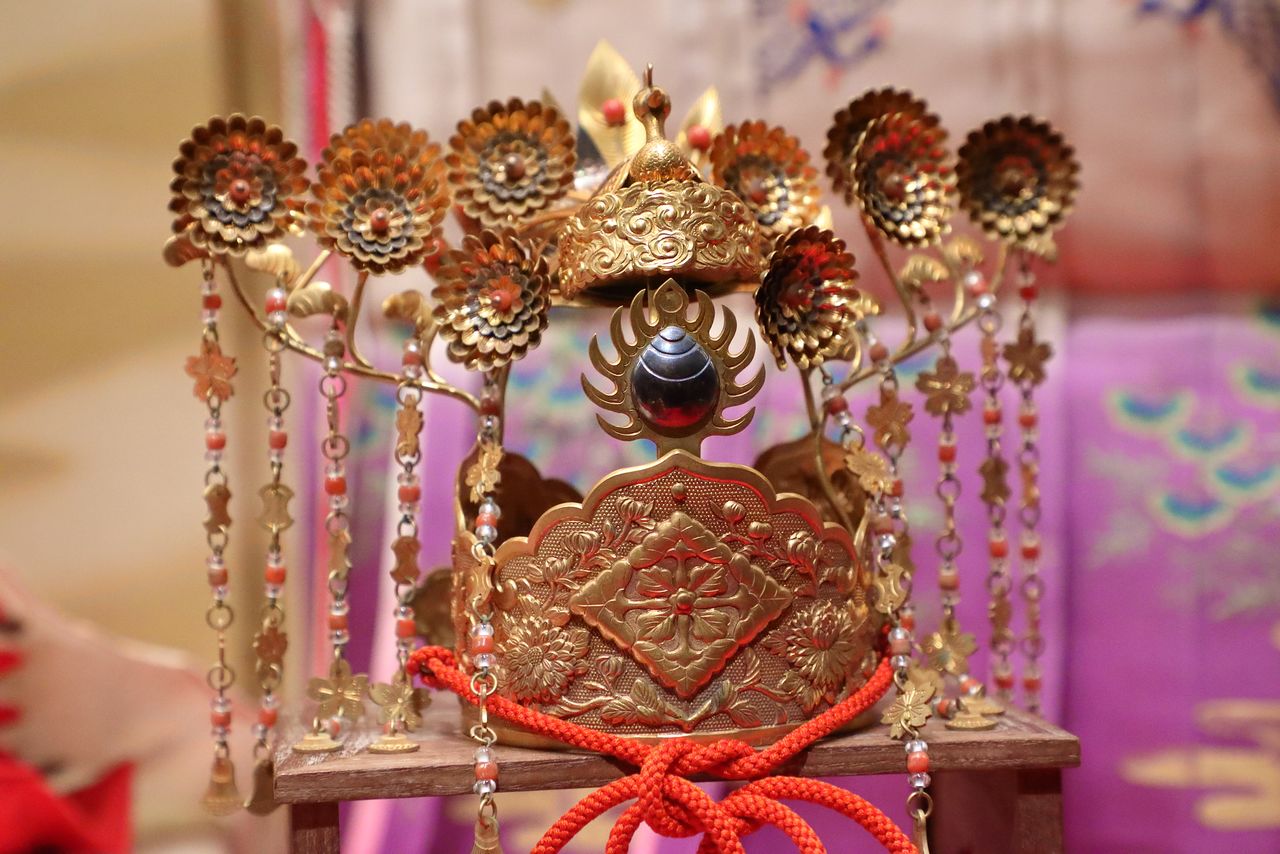
The dolls’ ornaments, kimono, and tools all bear skillfully worked hanabishimon flower crests.
The central crown prince and princess dolls, the dairibina, have adorable pale, smooth, round faces with childlike airs, reminiscent of the gosho dolls favored by court nobility of Kyoto. The kimono and implements the dolls hold are emblazed with hanabishimon crests that are embroidered, painted, and engraved, and which were used by the doll maker in place of the Iwasaki family crest. Each could be called a masterpiece of the craft of the day.
The hina dolls were first unveiled in 1929 at the Iwasaki family’s new residence at Toriizaka in what is now Tokyo’s Roppongi neighborhood. The dolls were displayed in the home’s guest room on an imposing hinadan (stair-step stage) backed by a folding screen, titled Bokubaizu Byōbu and created by leading Meiji painter Kawabata Gyokushō.
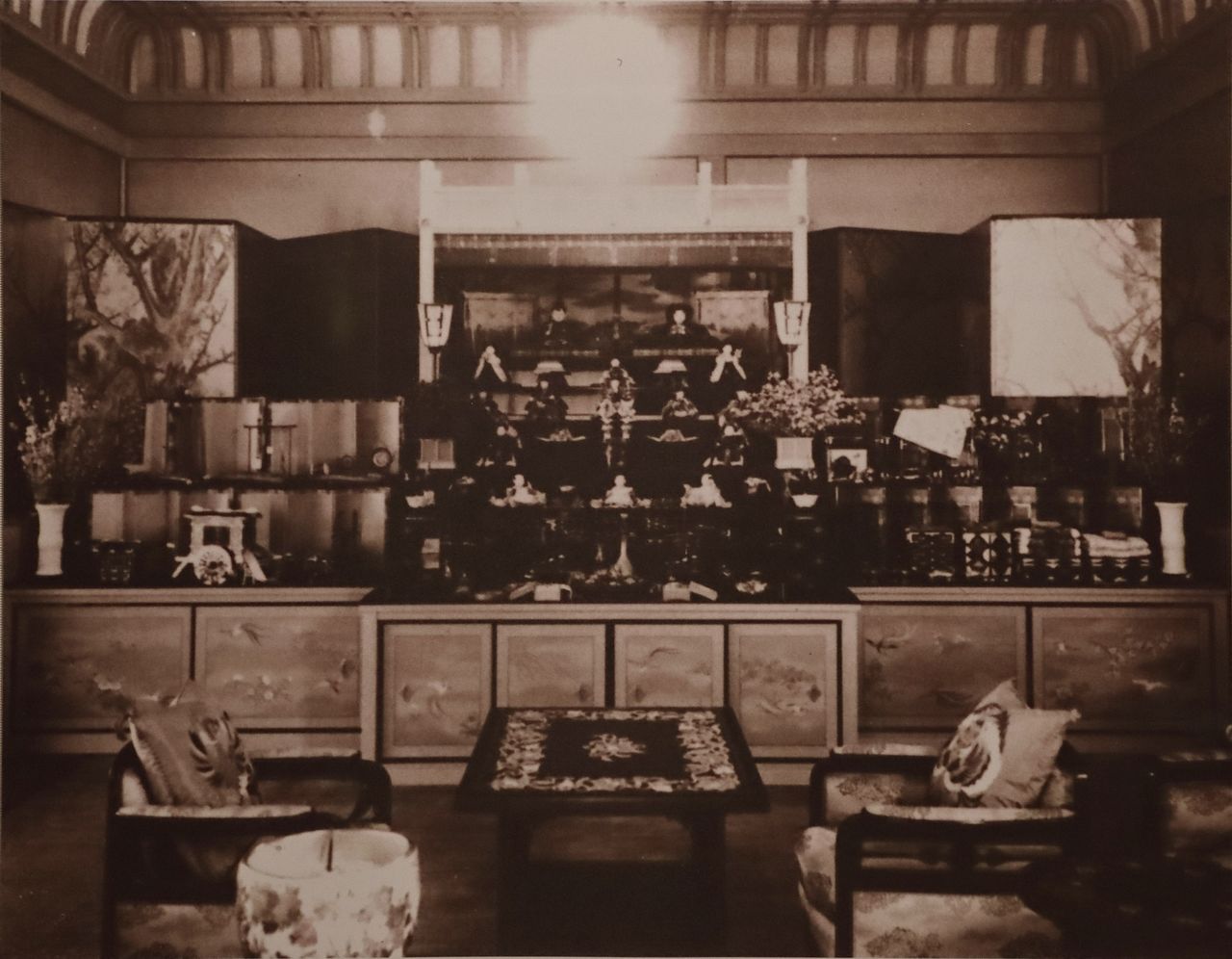
Archival photograph of the Iwasaki family dolls.
Dolls Reunited in Iwasaki Family Museum
Koyata was a man of culture who enjoyed the tea ceremony, haiku, and Japanese painting. He also made a name as an East Asian-art collector. One of his favorite pieces was the national treasure ceramic tea bowl Yōhen Tenmoku, formerly owned by the Tokugawa shōguns, but he never used it out of concern for its value. The first-class furnishings in the mansion reveal both his personal aesthetic sense and extensive network with artists.
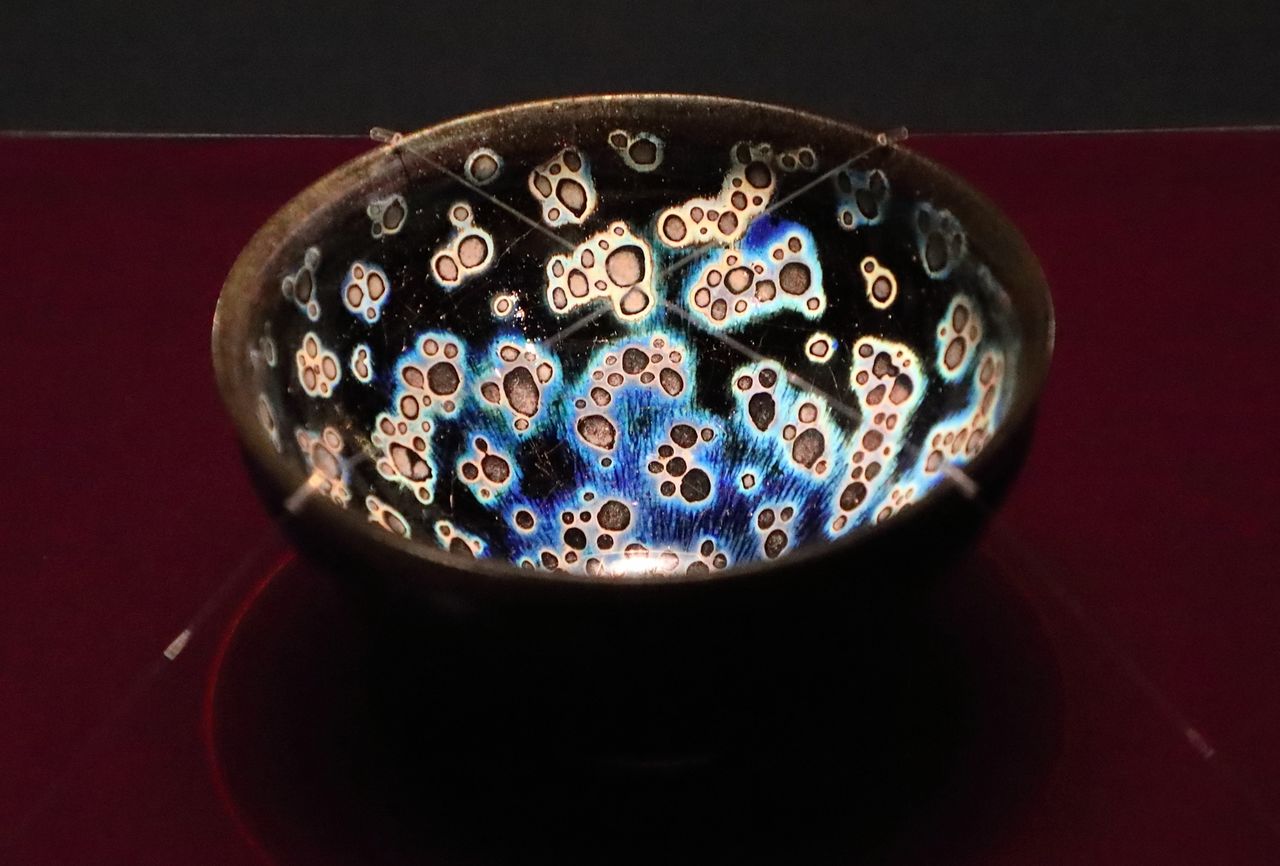
National treasure tea bowl Yōhen Tenmoku.
Koyata’s home was impressive. The wall tiles of the residence were overseen by ceramicist and glazing expert Komori Shinobu. The main hall was decorated with pieces by Maki Toshitaka, who specialized in wooden sculptures of nō performers, while the entryway and dining room was decorated with works by painter Maeda Seison, who also taught Koyata and his wife. One can only imagine how impressed and awestruck guests to the house must have been.
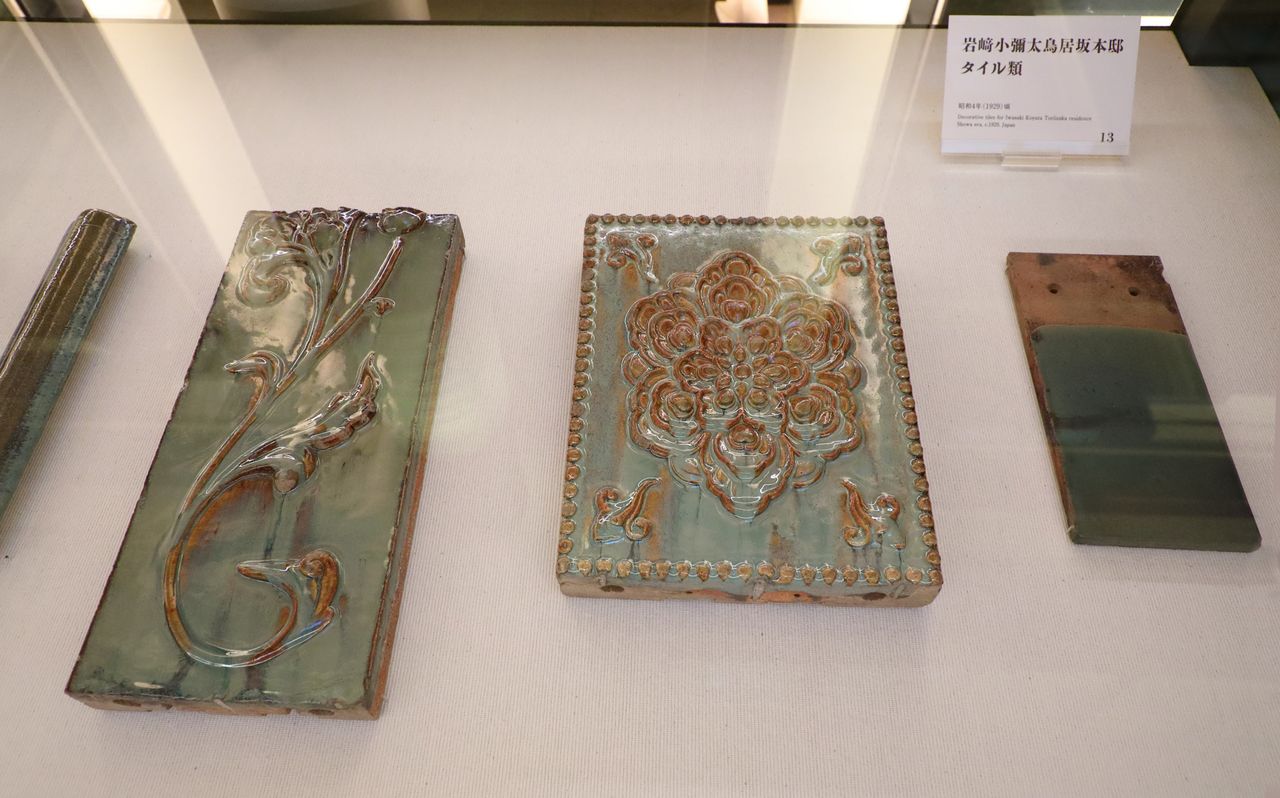
Tiles from the Iwasaki family home.
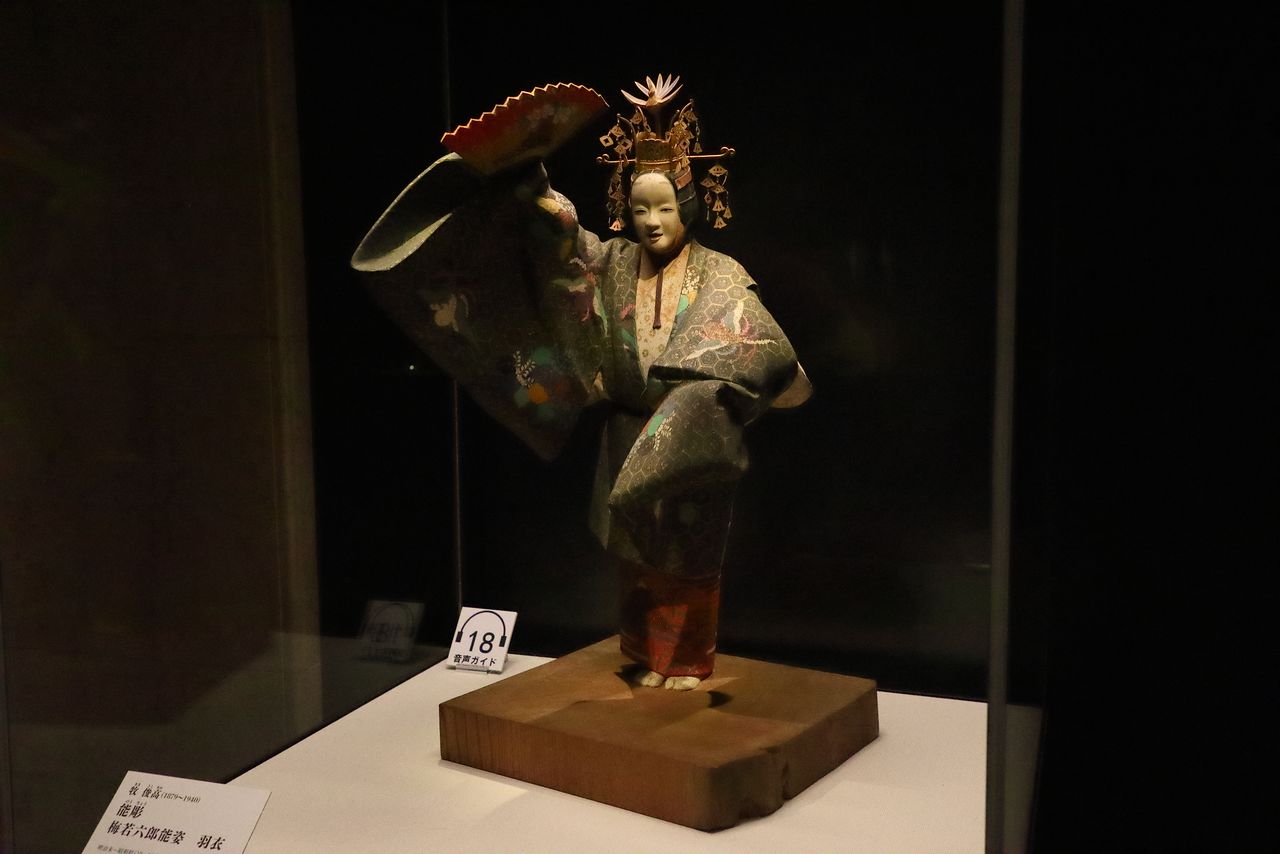
Doll of nō actor Umewaka Rokurō in the play “Hagoromo.” The woodcarving by Maki Toshitaka is made from a single piece of wood, including the pedestal.
The Iwasaki residence at Toriizaka burned down in the May 1945 bombing raids of Tokyo, and Koyata himself died of illness shortly after the war. His widow Takako died in 1975, after which the dolls were separated.
An enthusiast in Kyoto came across the dairibina dolls, and enchanted by them spent years tracking down all 15 hina figurines. In 2018, these were donated to the Seikadō Bunko Art Museum, which has a connection to the Iwasaki family.
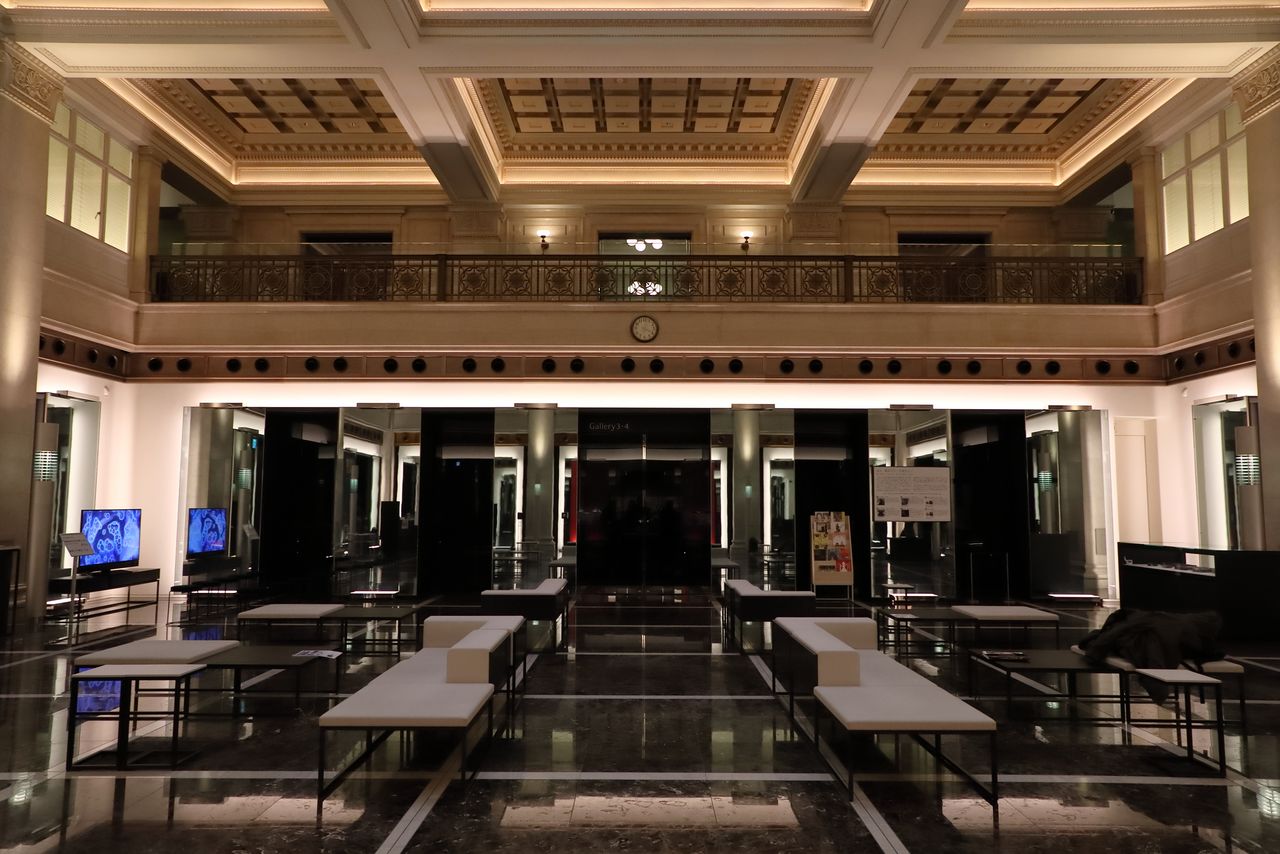
The Meiji Seimei Kan, which houses the Seikadō Marunouchi exhibition space, is an important cultural property built during the Shōwa era.
The Seikadō Bunko Art Museum opened in 1992 in Setagaya, Tokyo, and houses 6,500 pieces centered around the Iwasaki family collection, including seven national treasures. Since October 2022, the museum has held exhibits in a gallery in the Meiji Seimei Building in Marunouchi, a district first developed by the Mitsubishi Zaibatsu. The building is a nationally designated important cultural property, and appreciating the hina dolls in this space helps evoke the atmosphere of the days when Koyata celebrated Hinamatsuri at his residence.
The original purpose of Hinamatsuri is to pray for the healthy growth of girl children, but Koyata and Takako were never blessed with offspring. It is hard to believe that this had no bearing on their reasons for ordering this collection of adorable, child-like dolls. Even as these precious possessions display the artistic interests of a wealthy family, they also stand testament to a couple’s love for each other.
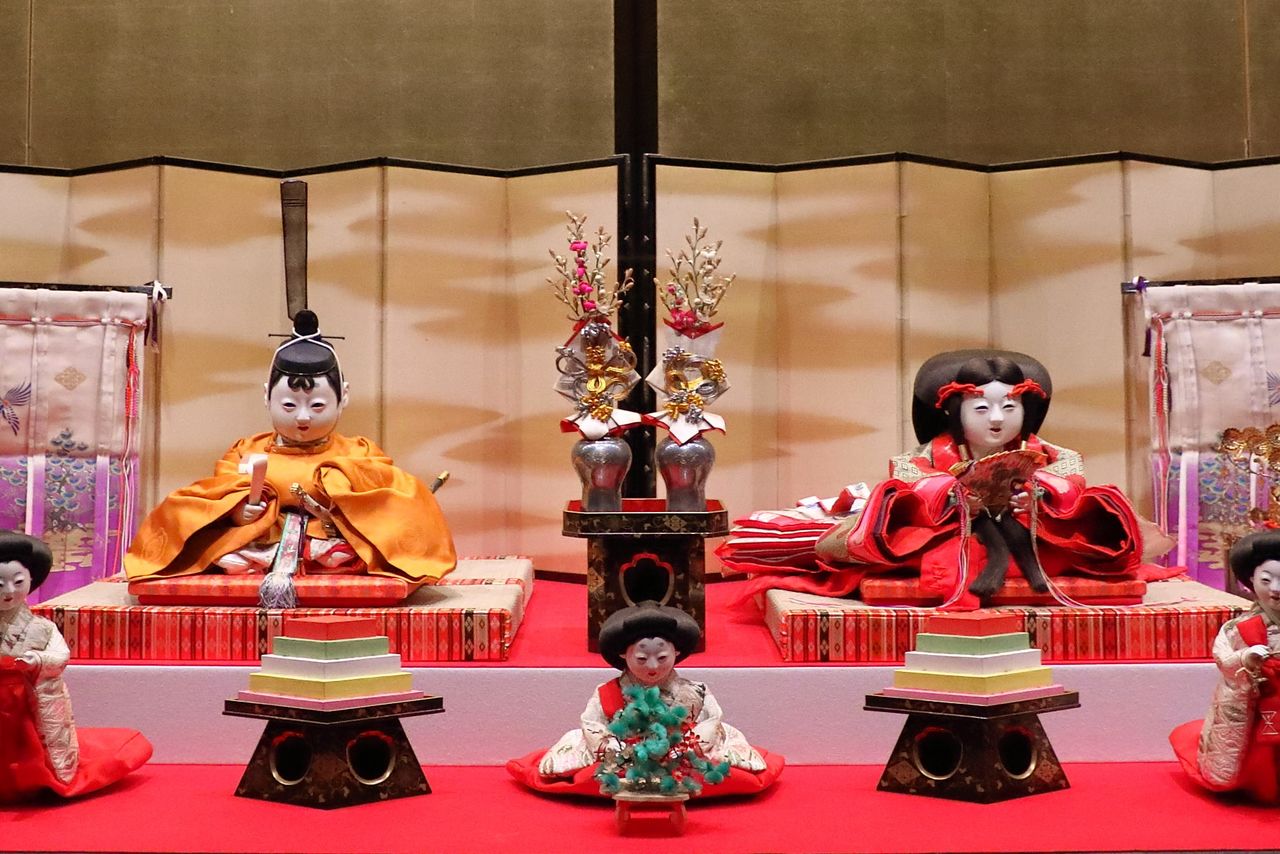
Beautiful dairibina dolls express the deep love Koyata felt for Takako.
Ohina-Sama
- Venue: Seikadō Bunko Art Museum gallery at Marunouchi, Meiji Seimei Kan 1F, 2-1-1, Marunouchi, Chiyoda, Tokyo
- Exhibit: February 18 to March 26, 2023; closed Mondays
- Gallery hours: 10:00 am to 5:00 pm; Friday 10:00 am to 6:00 pm; last entry 30 minutes before closing
- Admission: Adults ¥1,500, university and high school student ¥1,000, junior high students and younger free
(Originally published in Japanese. Photos © Hanai Tomoko except where noted. Banner photo: The dairibina dolls from the Iwasaki family collection. © Seikadō Bunko Art Museum.)